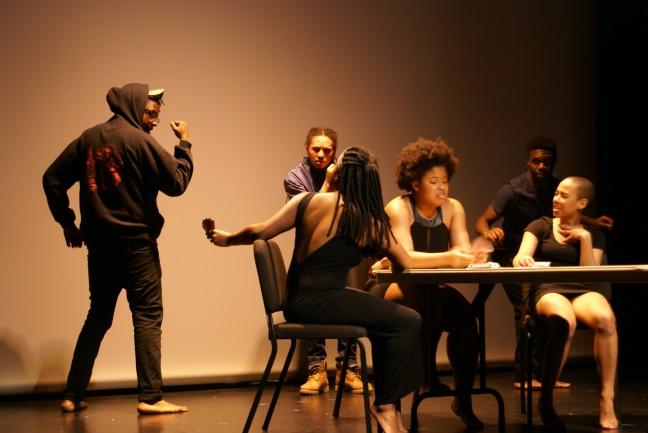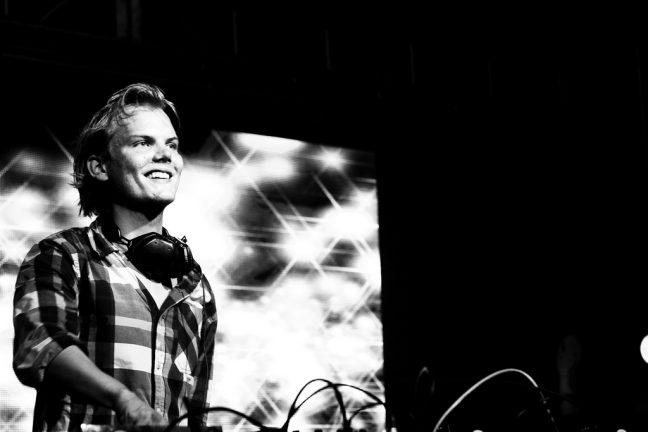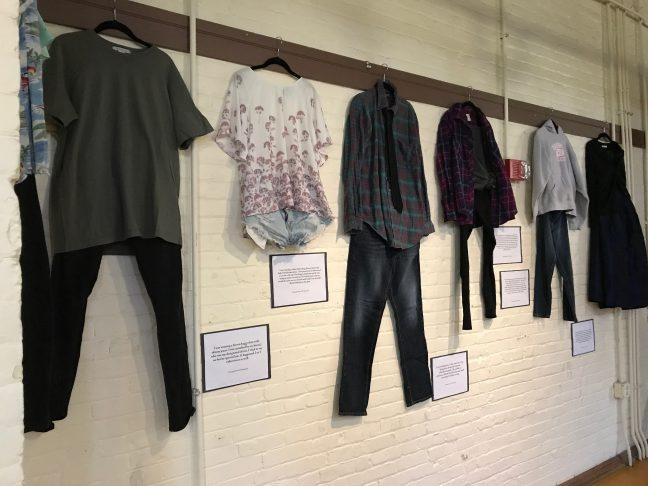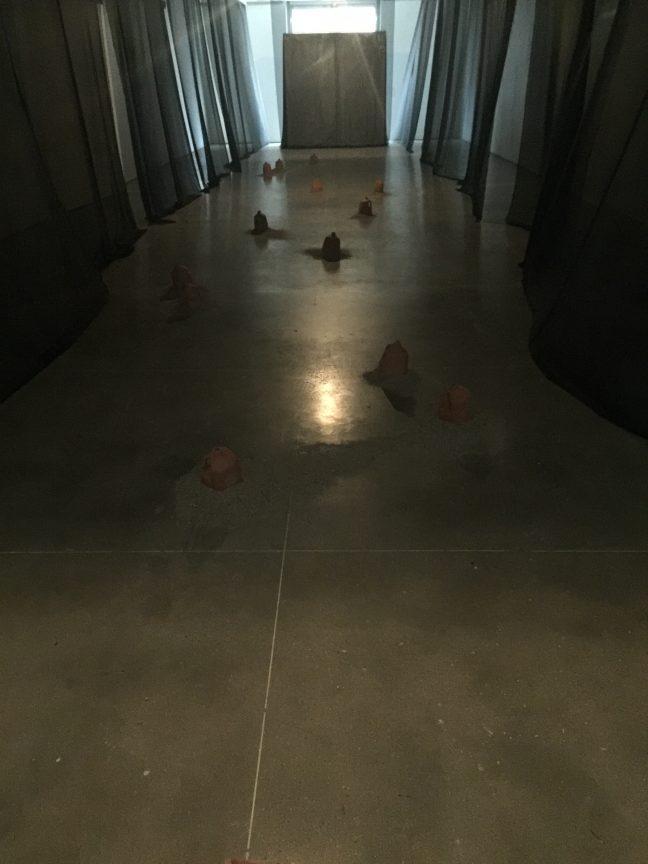Three black men knelt, ropes around their necks. Their heads hung low. They had just been lynched. The middle man popped his head up, and asked one of the others how they were going to get out of the tree. They lamented over their lack of a lighter and a knife, which could maybe get them out of this imaginary hanging tree. The audience laughed. The three acted as ghosts, stuck in the tree where they were lynched. One ghost noted that knives don’t grow on trees. The other asked the first if he thought they, the hung men, grew on trees.
The audience snapped in appreciation of this shift to a more serious tone. The scene again lightened up as the men continued bantering. The man in the middle ended the scene wishing for a lighter.
It was this sort of serious reflection interspersed with bits of humor, the type of vignette that characterized University of Wisconsin senior Natalie Cook’s play “Manikin.” She hoped that audience members would see themselves in the play.
“I just wanted to hold up a mirror to the audience … ” she said. “The goal was for anyone in the audience to see themselves in the play, and no matter if they’re black, white, it doesn’t matter.”
Most of the audience seemed to know each other and many of the members were a part of the First Wave Learning Community like Cook. The feeling of the theater was one of family. Cook did pick the name of her play based on its inclusion of the word “kin.”
“A lot of times black people use kin as slang like ‘that’s my kinfolk,’” Cook said. “I just thought that was so appropriate because the play is about gender relations between black men and black women.”
One scene featured actors Hiwot Adilow and Eddie Ukoeninn standing at imaginary sinks, facing each other as if looking into a mirror and seeing the other person.
They washed their faces silently, and punched themselves in the face in slow-motion. The two spoke no words. Cook later described the thinking behind that scene.
“All of that was overwhelming on purpose … you saw them hitting themselves … kinda like, when you hurt me, you’re hurting yourself. When I hurt you, I’m hurting myself,” she said.
Throughout the scene, the two spoke no words. Silence was a big part of the play.
“A lot of times in the rehearsals we would talk about how violent silence can be. We really wanted to say that in a lot of scenes,” Cook said.
In one scene, two white-masked actors dressed and positioned Obasi Davis, playing the role of the symbolic “manikin,” in several stereotypically black outfits and poses, like a lynched man, a rapper and a basketball player.
In another scene, everyone lounged around a table. The actors spoke the same line, over and over again.
“You’re killing me.”
Except each time, the actors inflected it differently, assigning a different meaning to the phrase. Sometimes it meant “stop joking!” and other times it took on a more literal meaning.
The play is actually part of Cook’s senior thesis meant to explore gender relations within novels written by James Baldwin and an interview with Nikki Giovanni. She knew she wanted to do an artistic supplement to her research but it didn’t turn out exactly as she wanted it, but she kept it the same and that’s why the play is so vague, she explains; it is part of that big idea.
After the play, Cook and the actors answered questions from the audience, and received a lot of “thank yous” in the mix. The evening concluded with a panel discussion of UW professors Anthony Black, Cherene Sherrad-Johnson and Michael Thornton. They shared stories ranging from conversations at a buffet to how someone is starting to identify, in postcards, the white people sitting below the lynched man.
They wondered what scenes the black members of society would have chosen, if they could have taken photos to record their history back in the 1800s. And that’s a big part of what Cook was trying to accomplish. She wanted to portray history from a modern perspective.
“I wanted the audience to see their own reality. With plays, the thing about them is that you can’t get away from them,” she said.
She wanted to change up the conversation, which often came in the form of silence.




















